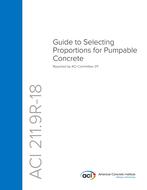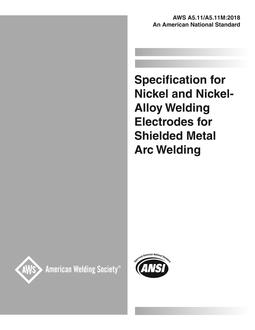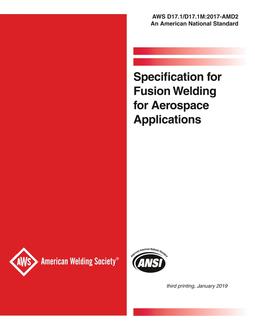
ACI 211.9R – Guide to Selecting Proportions for Pumpable Concrete
This guide addresses methods for selecting proportions for hydraulic-cement concrete placed by pumping. Specific numerical guidelines are given as applicable to mixture component proportions that lead to the most efficient concrete pumping results. Comments are also included in this guide on how pumping affects the supplied concrete and how the proportions affect the concrete?s pumpability. This guide complements ACI 304.2R and is also intended as a supplement to ACI 211.1 and ACI 211.2.
The mass of an object is defined as the amount of matter that is present. Mass is independent of any other property; weight is the force arising from specific gravitational field or other acceleration acting on a mass. The weight is thus dependent on both the mass and the acceleration due to gravity rotation. In the common engineering system, a pound of mass is accelerated by gravity to be 1 lb of force. There is no need for distinction, and mass and weight are often used interchangeably in that the numerical values are the same. A mass of 1 lb exerts a weight of 1 lb. There is a hidden gravitational constant. In the SI system, mass is expressed in grams and weight in Newtons. A mass of 1 kg exerts a weight of 9.81 N. It is correct, therefore, to use the term “mass” when determining how much material is being loaded into the plant, and when the mixtures are designed and proportioned. The industry, however, conventionally uses weight for these items. In the common measurement system, this creates no confusion. Thus, the vernacular term for the massing elements of the concrete plant is the weigh hopper. The batch record showing masses of materials in the concrete mixture are collectively referred to as batch weights. In an acknowledgement of this widespread industry practice, and to make the document as widely useable as possible, the term “weight” is used throughout to represent mass in the text. This is technically incorrect but is in line with common practice. In all conversions, both mass and weight are given (kilograms and Newtons).
Product Details
- Published:
- 09/01/2018
- ISBN(s):
- 9781641950282
- Number of Pages:
- 12
- File Size:
- 1 file , 1.9 MB
- Note:
- This product is unavailable in Russia, Ukraine, Belarus


